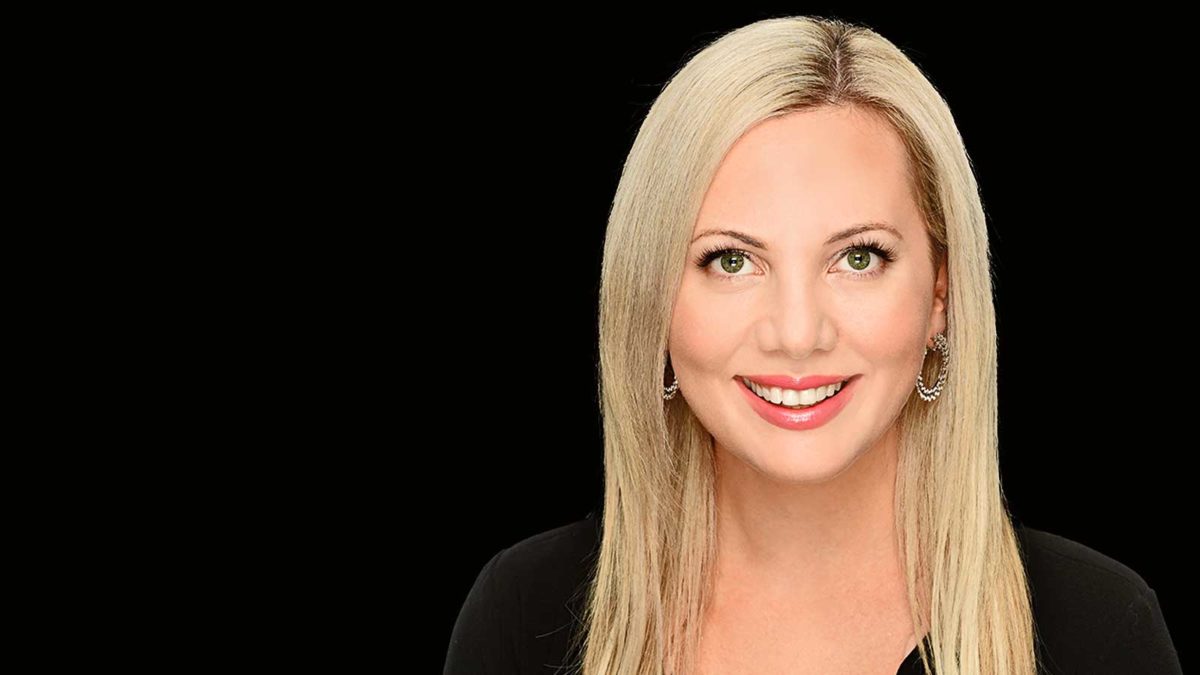Mega funds chase mega deals as infra appetite soars
The tilt at Sydney airport and the privatisation of WestConnex has showcased the appetite for Australian infrastructure from super funds and offshore investors. The only problem is in meeting it.
“The appetite to invest in Australia, as you’re seeing through these mega-privatisations, is huge,”
says Nicole Walker, chief commercial officer at specialist alternative asset manager HRL Morrison & Co. “The issue is (international investors) need to now write, as do many of the Australian super funds, $500 million- or billion-dollar tickets.”
“So gone are the days where Australian investors can only write $100 million commitments to funds, direct investments, co-investments… While we have many clients who are comfortable to stay at that level, when we have a $2 billion equity ticket now, we can easily satisfy that in Australia and often we’re oversubscribed.”
Walker started her career as a structured finance lawyer, and joined Macquarie as the company was setting up its emerging market infrastructure business, spending most of her time in India and China working on the inaugural funds. She spent seven years at Blackstone as it established its Australian presence before Morrison & Co came knocking. Its client base is predominantly large Australian super funds – and their appetite for infrastructure is growing at “a rapid pace.”
That’s seen a move back to external managers despite an increased drive, post-Your Future Your Super, to lower fees. While the trend towards manager internalisation is still there, super funds can’t satisfy their entire infrastructure budget alone. And – as Mark Delaney, AustralianSuper chief investment officer, says – “there’s no point being cheap if you’re crap.”
“I was speaking with one of the larger funds recently, showing them an opportunity around the $150 million equity mark – and they said “It’s too small, it’s subscale for us now. We don’t have the bandwidth internally to look at it”,” Walker says.
“There’s been an orientational shift back towards trusted managers. I think when you have a very big team – and there’s only two or three funds that have very big teams – it’s practical (to manage infrastructure in-house). But when they’re running a real assets team of four or five individuals, it’s really hard to do that underwriting, the governance, the board seats. All the active management of the assets post-acquisition is also hard, and too intensive to do without management support.”
There’s also the changing nature of infrastructure to contend with. Assets that haven’t traditionally been considered pure-play infrastructure – data centres and mobile towers, where the path to commercialisation is less clear than it might be through concessions – are becoming more popular as significant chunks of the world enter the Internet Age, while healthcare is also seeing more consideration as a core infrastructure asset.
“We’ve been doing a lot of work on the healthcare space, where there’s quite a big focus now on diagnostic imaging, oncology, private healthcare… It’s traditionally had much more growth or development orientation, so you’ve usually seen all the big private equity players in that space,” Walker says. “But now it has more predictable cashflows, married with some development options – so I see it really as a core plus asset now, a core plus value add.”
But while there is an increasing appetite for overseas infrastructure – and some of the bigger funds are establishing fledgling overseas offices to fulfill it – most prefer to stick to their own backyard despite the diversification benefits.
“Traditionally, infrastructure in Australia has produced really nice returns, so taking the additional country risk wasn’t really necessary,” Walker says. “Now they need it from a diversification perspective as their portfolios continue to grow.”
“But I think there’s also been a few forays which haven’t necessarily worked well; there’s a bit of institutional memory from super funds that might have gone into country-specific or emerging market or a sector-specific fund offshore and it hasn’t necessarily played out in terms of the profile, and that causes additional pressure on their overall return.”











